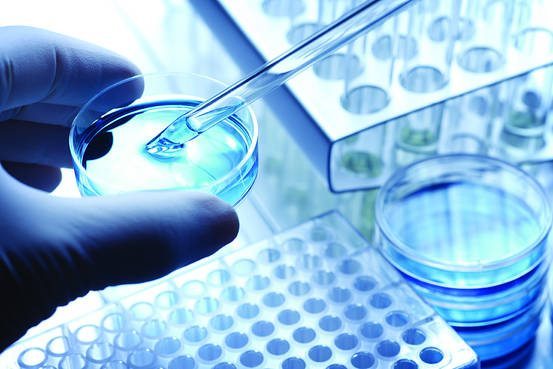
Ultragenyx Pharmaceutical Inc (NASDAQ:RARE) just announced topline from a phase III in its lead development indication, Mucopolysaccharidosis 7 (MPS 7, Sly syndrome). The company focuses on incredibly rare diseases, so chances are readers aren’t familiar with this one. We’ll get to the details of the condition shortly, but first, a quick overview of the data. The trial met its primary endpoint, but didn’t perform that great against a host of secondaries. As a result, markets are a little undecided in their interpretation. Let’s see if we can unwind the numbers into a conclusion.
So, as promised, let’s first look at the condition. Sly syndrome is what’s called a lysosomal storage disease, that occurs when a patient has a deficiency of the enzyme, β-glucuronidase. Without this enzyme, or as a result of the lack of it, a particular type of complex carbohydrate called glycosaminoglycans accumulates in organs in the body. It presents in a host of different ways, but the symptoms are primarily physical deformations, including but not limited to macrocephaly, pectus carinatum and depressed nostril bridge. There’s no cure as things stand, and that’s what Ultragenyx is trying to change. The drug it has developed, rhGUS, is designed to replace the deficient lysosomal enzyme and break down the glycosaminoglycans, thereby removing the accumulation.
So how did the drug do in trials? Well, the primary endpoint was a reduction in urinary glycosaminoglycans, or GAG, which is normally used as an indicator of the severity of the MPS condition in question. Across a 24-week period, and a population of 12 patients, mean reduction came in at 64.8% from baseline. That’s the good stuff.
The not so good stuff relates to the secondary endpoint – what’s called the Multi-Domain Responder Index (MDRI) score. MDRI scores are a composite of scores derived from a number of separate tests, in this instance, he six-minute walk test (6MWT), forced vital capacity (FVC), shoulder flexion, visual acuity, and the Bruininks-Oseretsky Test of Motor Proficiency (BOT-2) fine motor and gross motor function.
Here it’s important to mention that due to the varied nature with which Sly syndrome presents, some of the participants weren’t able to take/complete one or more of the tests in question. This was expected, and taken into consideration when putting together the composite.
Of the 12 patient sample size, only six recorded an improvement from baseline, with a score of +1 or more. Five of the remaining six registered a 0 score, meaning no improvement. One patient registered a -1, meaning he or she actually deteriorated against this composite of tests during the period in question.
So the primary endpoint hit, secondary disappointed, what about the safety side of the equation? Well, this was also not great. All patients registered treatment emergent adverse events. Six of eight that had infusion reactions had issues with the IV catheter. There was an infusion rate error that resulted in a grade 3 anaphylactoid serious AE.
So what’s the takeaway? Well, the results are positive to a degree, but not as clear cut as the company and its shareholders would have liked. Chances are the FDA will approve the drug based on the topline efficacy reading, purely because there’s no real treatment options out there for sufferers of this condition right now. However, there may be some limiting factor in its labeling that means the market (which is already small given the rarity of this disease) becomes even smaller.
As mentioned, it is this good bad shuffle that has markets uncertain right now as to the implications of this data. Going forward, Ultragenyx has said it will sit down with the agency to discuss the path to commercialization. At this point we may get some insight into how the FDA feels about what these data really mean.
Bottom line? A good day for Ultragenyx, but probably a bit of a disappointment for its shareholders.





